The ancient pyramids in Michoacàn, Mexico, have stood for over 1000 years. They have withstood various weather conditions over that time, no matter how severe the weather was.
However, things are now changing. Recent heavy rain in the region has caused one of these pyramids to collapse, igniting fears of an impending doom on the horizon.
Nahuatl-Speaking Groups

When the Ihuatzio site was first built, it contained pyramids, what is believed to be a tower or fortress and some tombs. At that point, Nahuatl-speaking groups occupied the site.
It then became the headquarters of the P’urhépechas people and became known as the only empire that the Aztecs could not conquer. The culture in this area is still thriving, but one of the pyramids has seen better days.
The Ihuatzio Site’s History
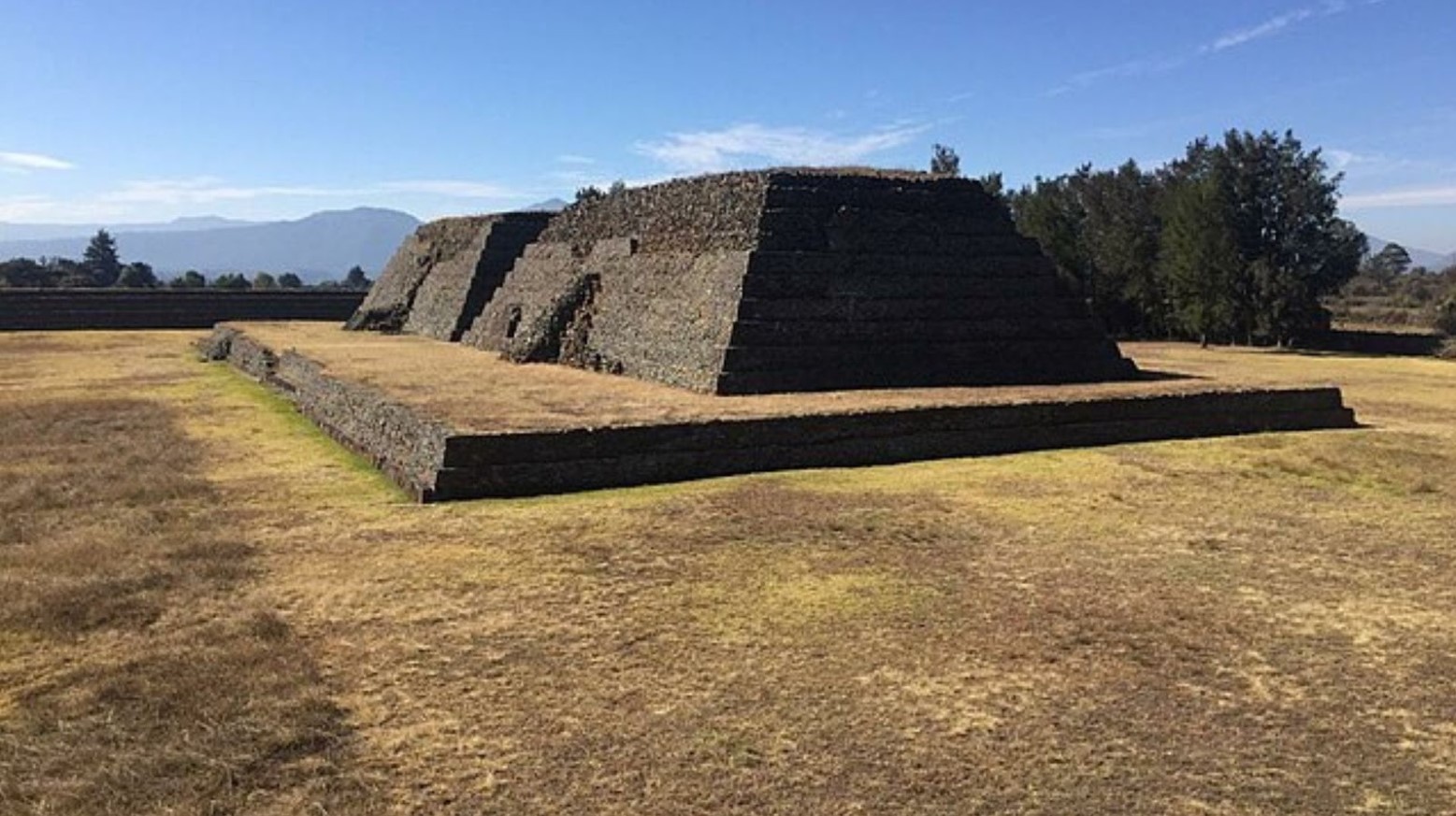
During its peak, the Ihuatzio site covered roughly 370 acres and was home to around 84 structures. Even though just 7 of those structures are still standing, they are still essential to the area’s history.
This is mostly about the P’urépecha people’s fight against the Aztec Empire in the 1470s. The fighting went on for roughly a decade, with King Tzitzic Pandacuare’s P’urépecha people killing around 20,000 Aztec soldiers. They were able to hold onto this site until the 16th century.
Destroyed After 1000 Years
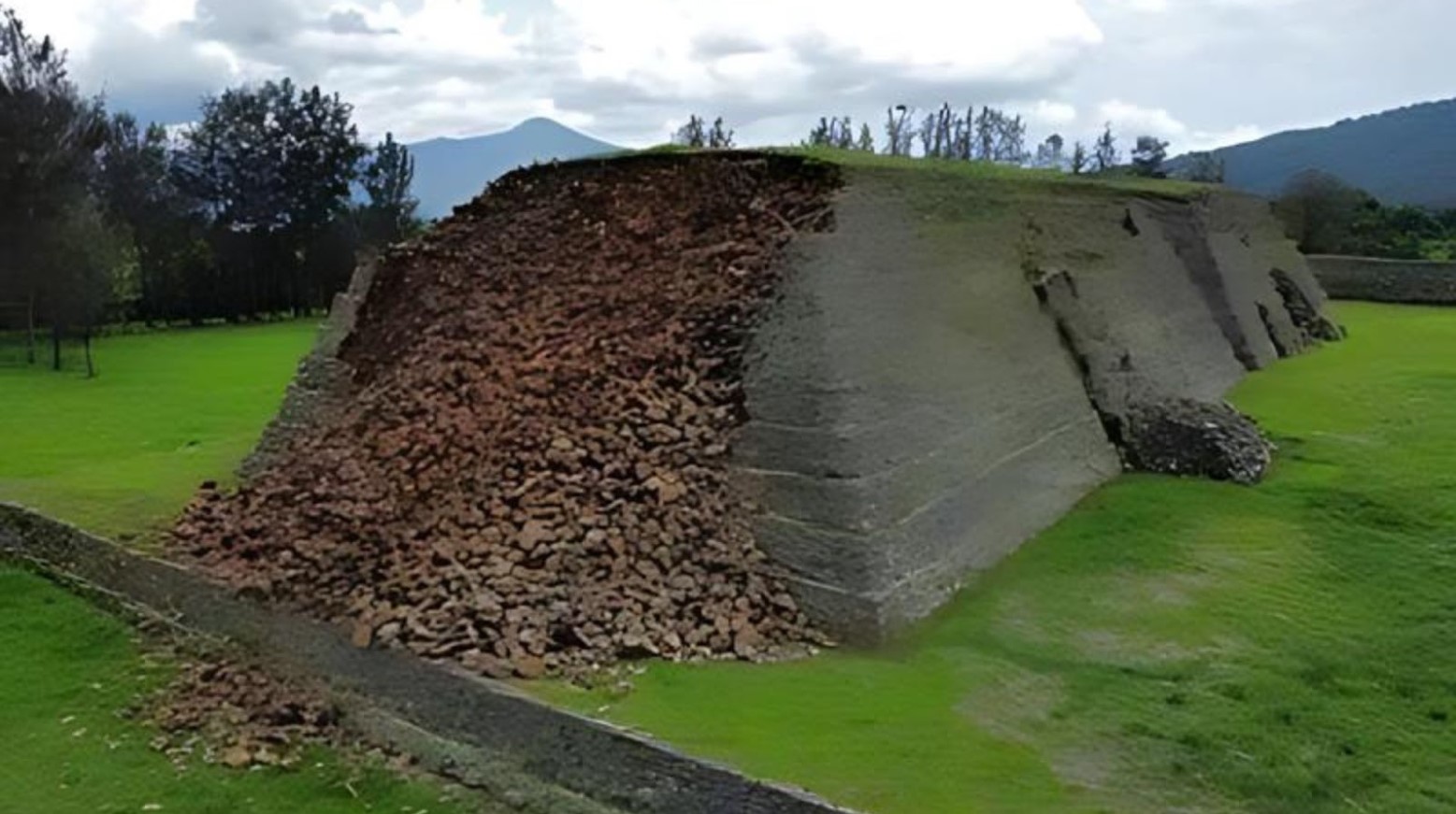
The ancient pyramid has stood tall for 1,100 years — but not anymore. The pyramid collapsed on July 29, 2024, after heavy rainfall battered it for several hours.
The 50-foot-high pyramid was part of the prized archaeological site of Ihuatzio. It was once one of the best-preserved monuments in the region but is now a pile of rubble.
Mexico’s Natural Disasters
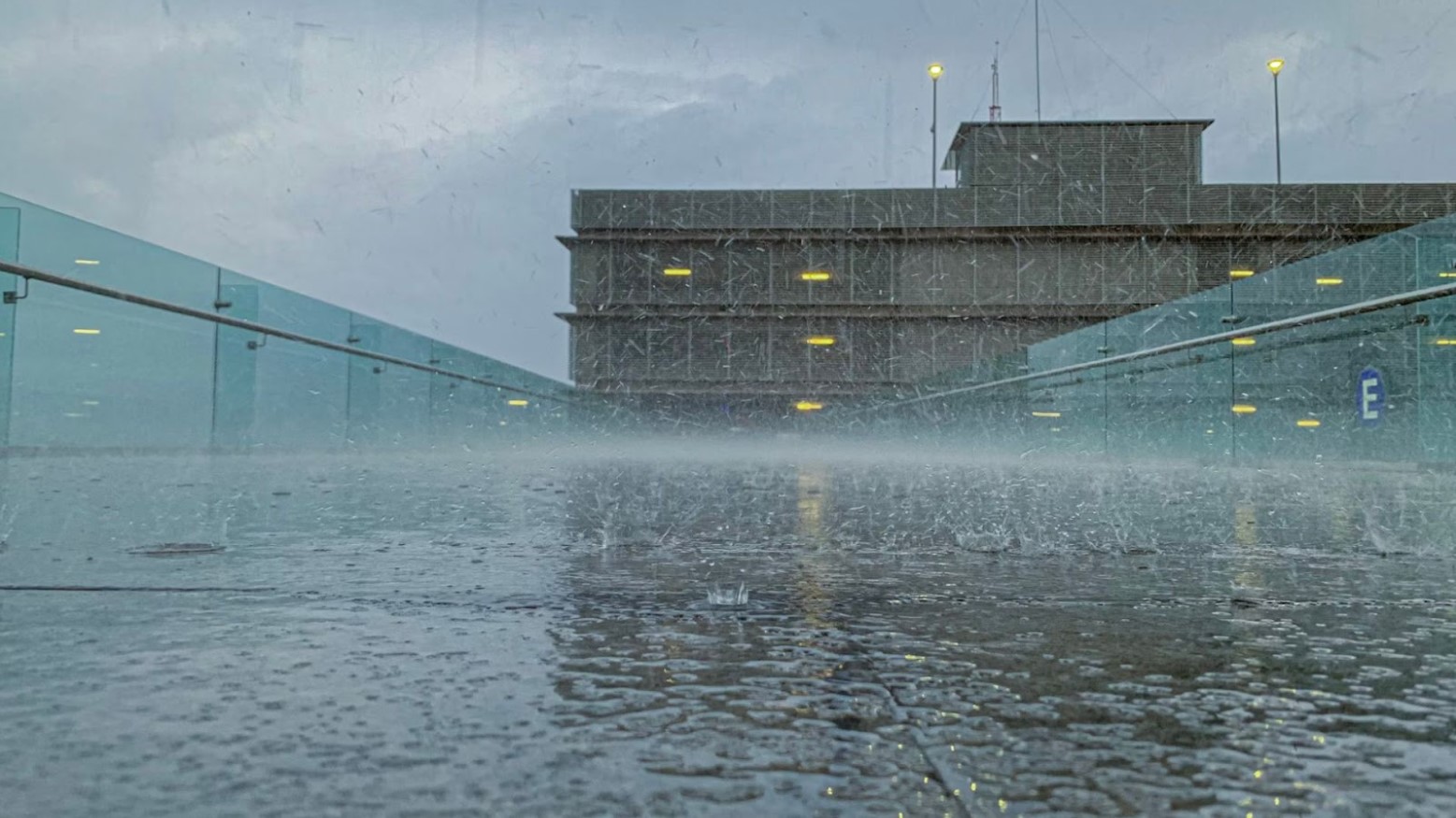
Mexico has faced various natural disasters over the last few years. In a matter of days, the country went from experiencing its worst drought in over 30 years to having severe thunderstorms and heavy rainfall.
It was a combination of both weather events that caused the pyramid to collapse. It resulted in cracks forming in the pyramid, which favored the filtration of water going into it. Due to the amount of water inside, the pyramid began to crumble until its eventual collapse.
Experts Assessed the Damage
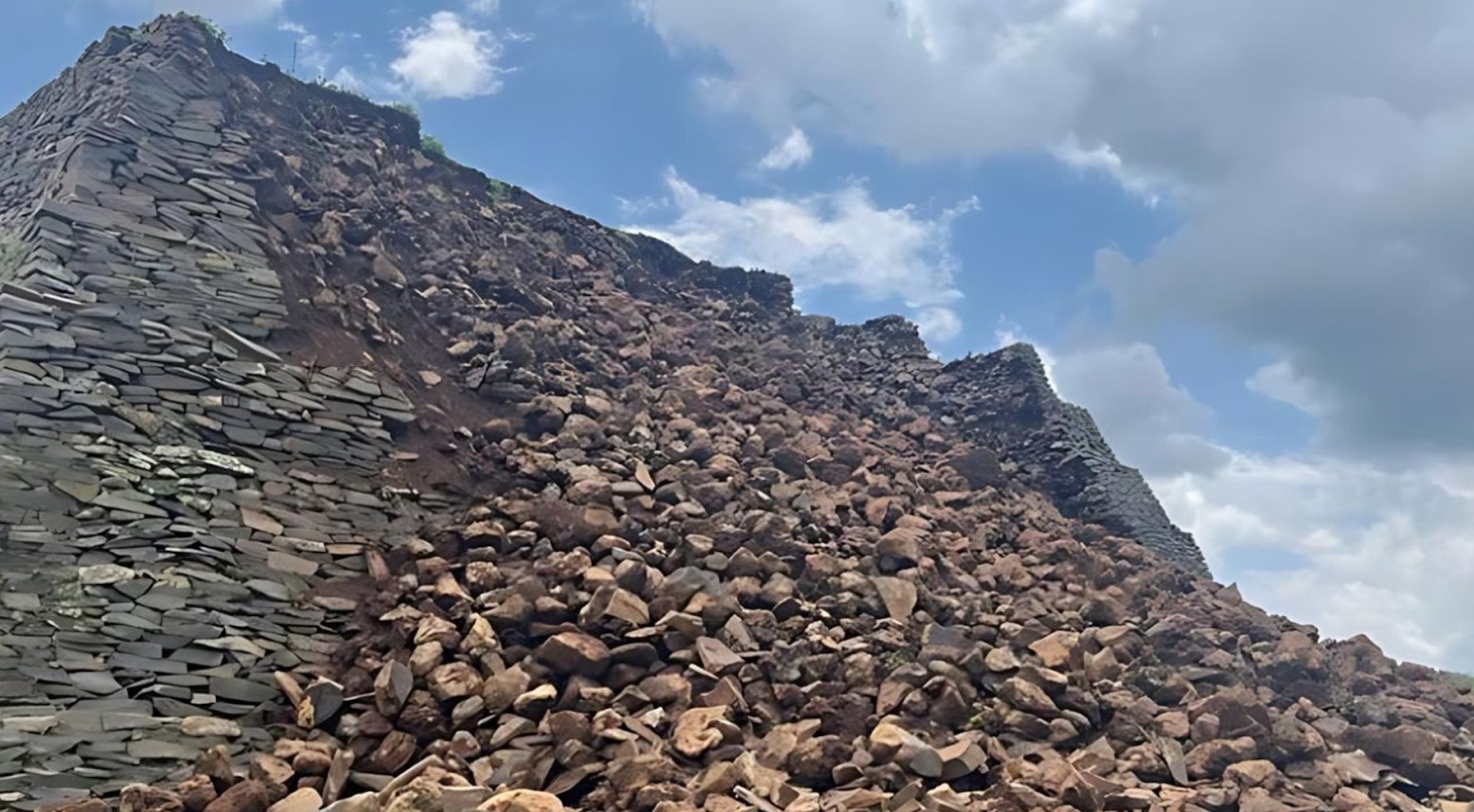
Mexico’s National Institute on Anthropology and History (INAH) visited the site in the early hours of the next day to assess the damage. Personnel reported, “The observations confirmed the damage to at least six of the stepped bodies of the so-called South Base, both in its exterior wall of slabs, as well as in its core and retaining wall.”
Other ancient buildings and artefacts have experienced some damage. However, attempts to repair them have been unsuccessful. The experts involved in this case plan to use different methods in the hope that they will restore the pyramid.
Inspections Are Still Ongoing
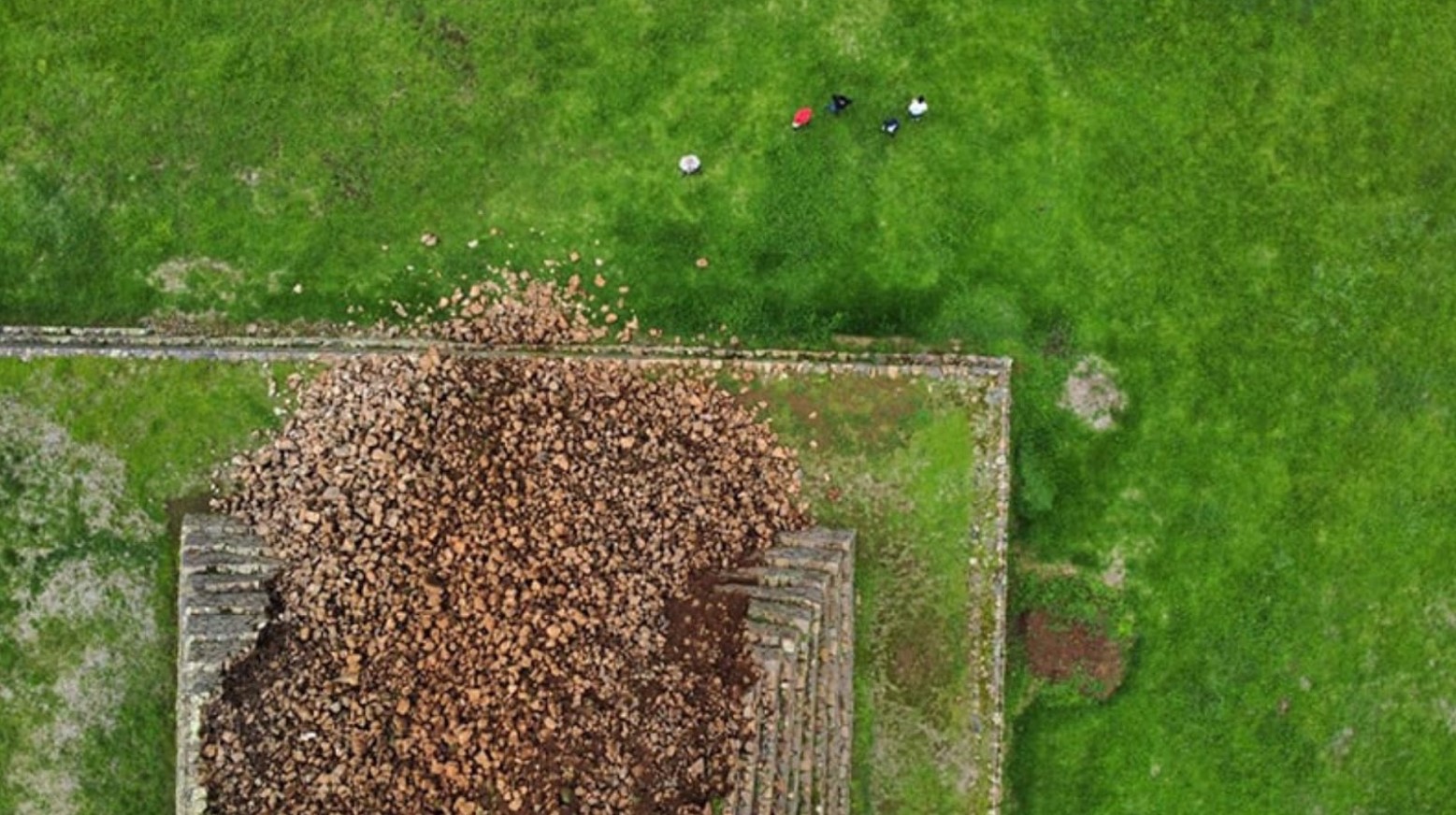
Even though the initial inspections have been carried out, the INAH officials have decided to inspect the issue further to better understand the full extent of the damage before carrying out repairs.
The experts don’t just want to recover the affected part of the pyramid. They are also hoping to repair it, if possible, so that in the future, it doesn’t look like it collapsed at all.
Archaeologists Protecting the Past

One of the main jobs of an archaeologist is to study the past behaviors of humans, including searching for important ancient structures and artifacts and protecting them from coming to any harm.
However, this is much easier said than done, especially with current human behaviors contributing to climate change. As this led to the pyramid’s collapse, it is predicted that even more ancient monuments could suffer the same fate.
Preserving Mexico’s Cultural Heritage
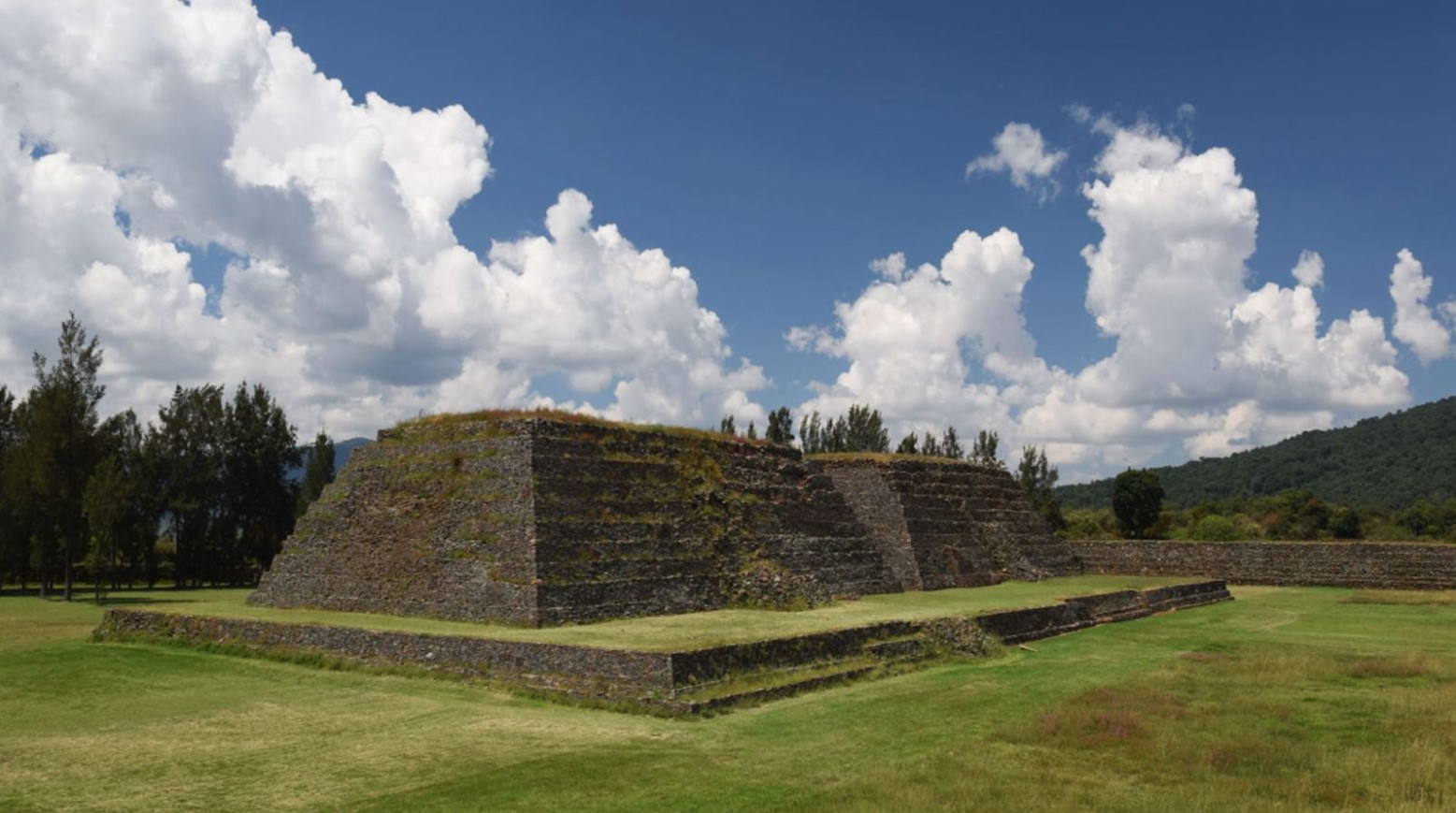
The cultural heritage of any country is important, as it tells us a lot about its history and what it has gone through to get to where it is today.
Regarding the repairs to the pyramid, one of the archaeologists said, “Maintenance is an essential task in this type of building, so the INAH will continue to carry out this task, in favor of the cultural heritage of Mexicans.”
Worries of an Impending Apocalypse
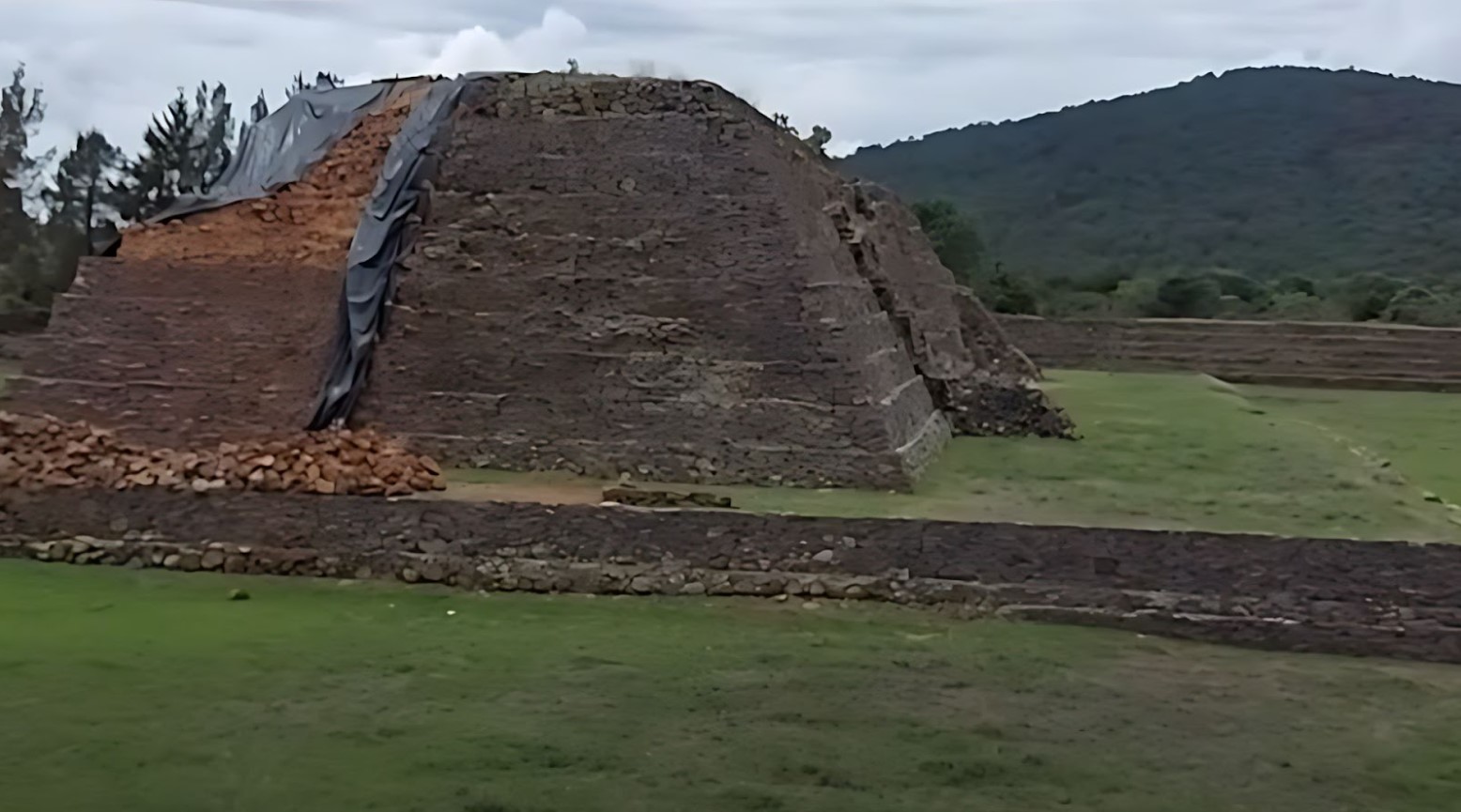
Due to the weather causing the pyramid to collapse, many people believe this is a “bad omen” and that an apocalypse could be on the horizon.
This is because the pyramid had been fully standing for over 1,000 years and has withstood many weather conditions. However, as this drought turned into heavy rain and was able to collapse it, people are worried that this is a sign of something even worse happening in the near future.
A Similar Event Has Happened Before
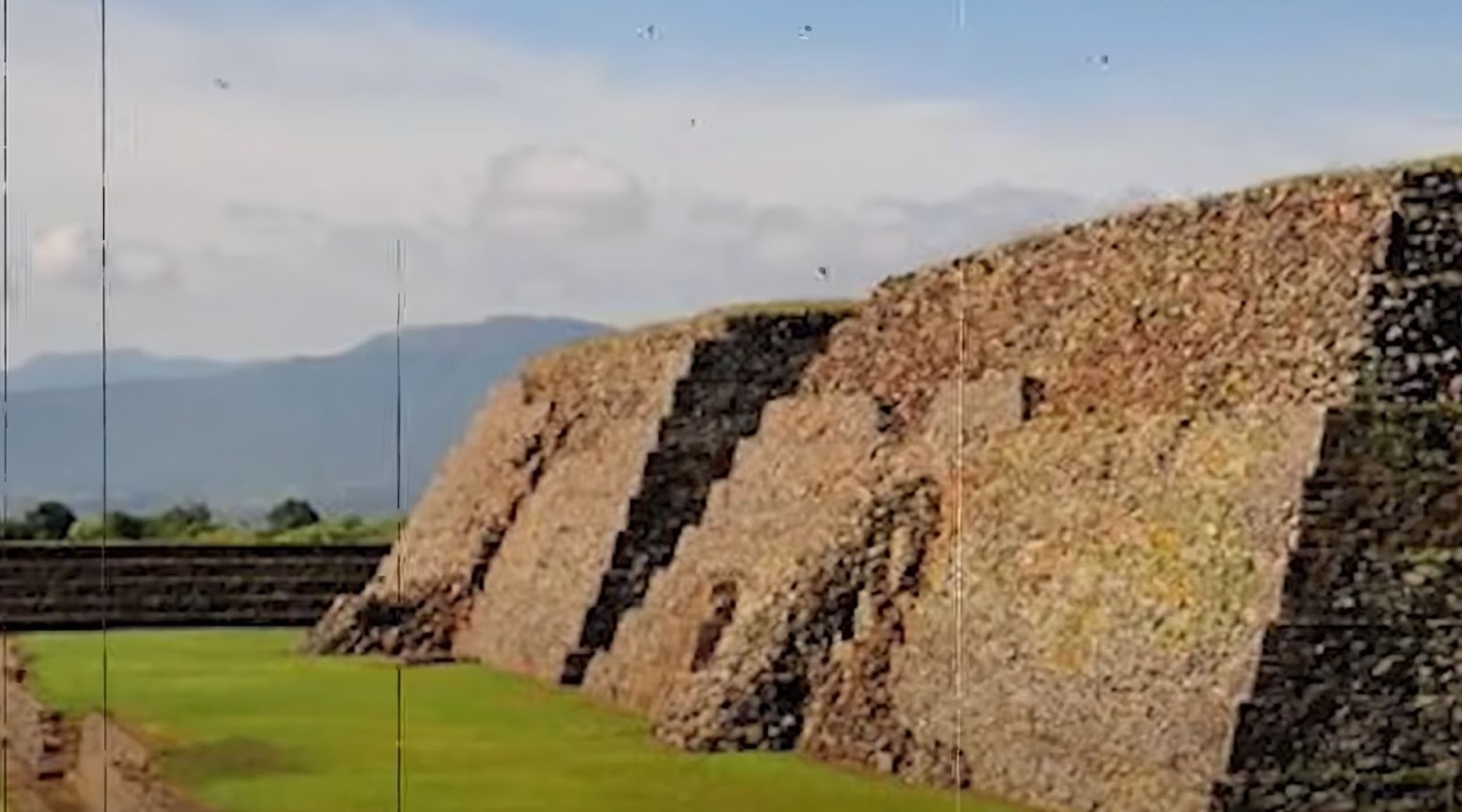
Descendants of the ancient P’urépecha tribe have warned that a similar event has happened before. According to them, this event occurred “because gods were displeased.”
They are the people who have claimed the storm indicates impending doom, but whether this will turn out to be true or just hearsay remains to be seen.
Climate Change Has Made Things Worse
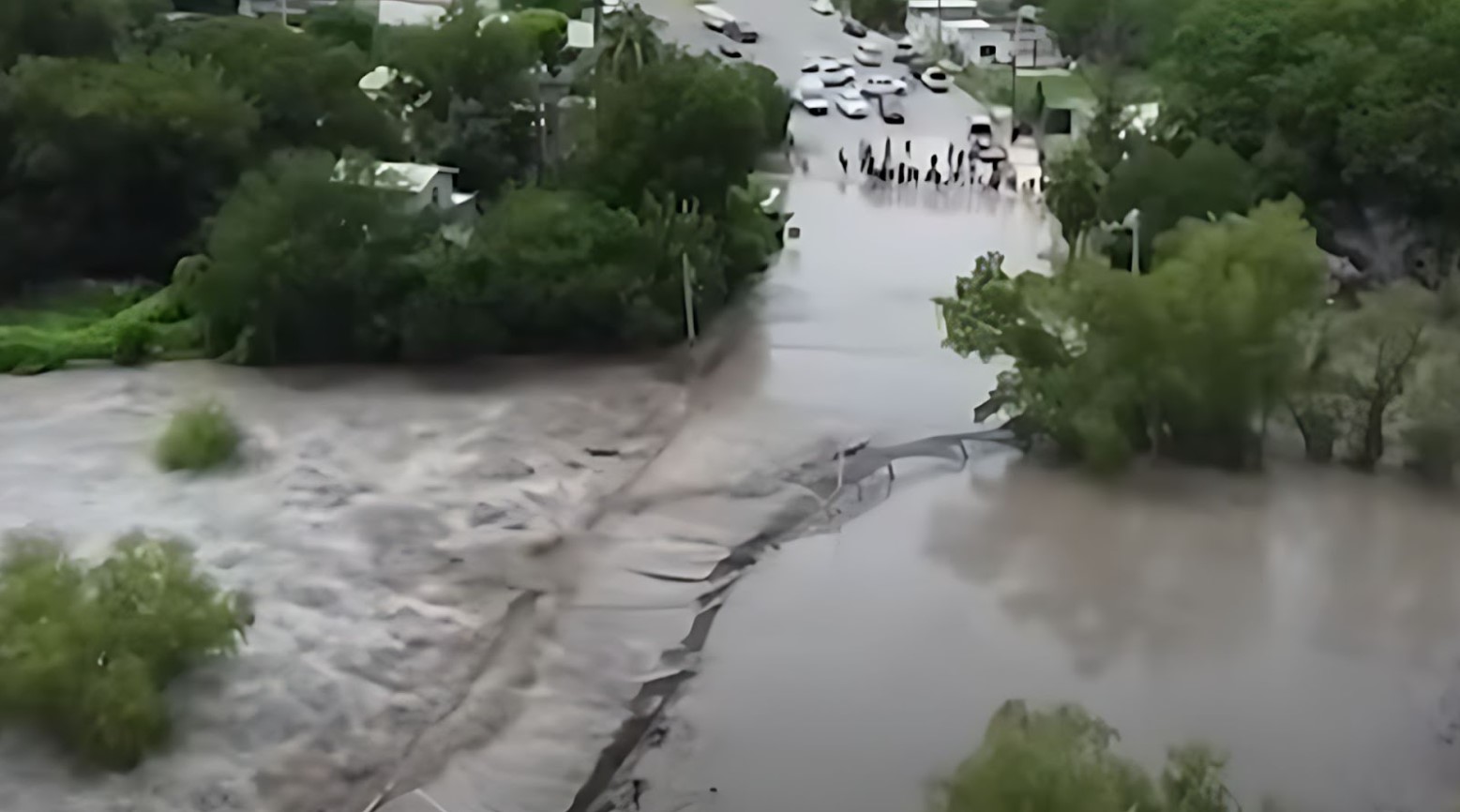
Mexico isn’t the only country experiencing poor weather. Countries all over the world have been experiencing similar issues. This is believed to be a sign that climate change is getting worse.
Experts are now worried about what this will mean for other ancient structures. Despite their ability to remain standing for thousands of years, it shows that not all ancient structures last forever.
